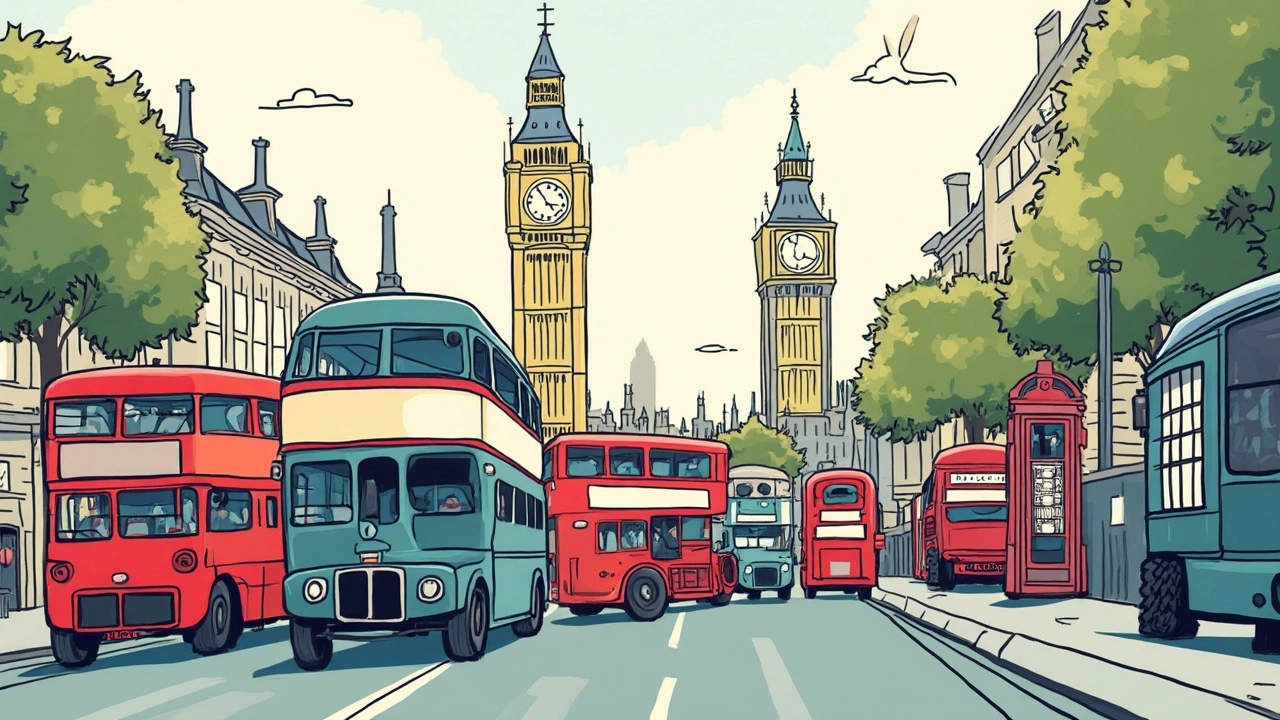Bus Driving Tips – Stay Safe and Confident on the Road
Driving a bus isn’t just about steering a big vehicle; it’s about keeping passengers safe, staying on schedule, and protecting your own wellbeing. Whether you’re new to the role or have years behind the wheel, a few simple habits can make a huge difference. Below are practical steps you can start using today.
Key Safety Checks Before Every Trip
Think of a pre‑trip inspection as your first line of defence. A quick walk‑around takes less than five minutes but catches problems that could turn a routine journey into a costly breakdown.
- Tyres and pressure: Look for cuts, bulges or low pressure. Even a small pressure loss affects braking and fuel use.
- Lights and signals: Test headlights, brake lights, turn signals and hazard flasher. Passengers notice when lights don’t work, and other road users rely on them.
- Mirrors: Adjust side and rear‑view mirrors so you see the whole lane and the side of the bus. Clean them if they’re dirty.
- Doors and emergency exits: Open and close each door to ensure smooth operation. Check that emergency handles are accessible.
- Brake pedal and handbrake: Press the pedal gently; it should feel firm, not spongy. Pull the handbrake to confirm it holds the bus.
Record any issues in your logbook and report them before you start the route. A quick fix now prevents a breakdown later.
Driving Techniques That Reduce Stress and Save Fuel
Once you’re on the road, adopting smooth driving habits pays off for fuel costs, vehicle wear and passenger comfort.
- Look ahead: Scan the road 10‑15 seconds in front of you. Anticipating traffic lights or stopped vehicles lets you brake gently instead of slamming on the brakes.
- Use gears wisely: Stay in the highest gear possible without lugging the engine. Lower revs mean less fuel burned and lower engine noise for passengers.
- Coast to stops: When approaching a stop sign or red light, lift off the accelerator early and let the bus slow down naturally. It reduces brake wear and saves fuel.
- Maintain a steady speed: On open roads, aim for the speed limit plus or minus 2 mph. Sudden accelerations waste fuel and increase stress.
- Plan your route: Use traffic apps or scheduled updates to avoid congested streets. Less stop‑and‑go means smoother rides and better on‑time performance.
Most of these habits feel natural after a few weeks. The key is consistency—make them part of your routine.
Finally, remember that bus driving is a team effort. Communicate clearly with your co‑driver or dispatcher, and always keep passengers informed about delays or changes. A well‑informed rider is a calmer rider, and a calm cabin makes the job easier for you.
Apply these tips tomorrow, and you’ll notice a calmer drive, happier passengers, and lower fuel bills. Safe travels!
- February 13 2025
- 0 Comments
- Rowan Cavendish
What Do Brits Call a Bus? A Peek into HGV Language
Ever wondered if there's more to UK road jargon than meets the ear? When it comes to labeling vehicles, Brits have their quirks, especially with buses. In the world of HGV driving, understanding these terms can be a game-changer. Dive into this guide to explore how Brits refer to buses and pick up some handy tips for HGV training.
- Driving Lessons (41)
- HGV Training (31)
- Driving Test Tips (31)
- Driving Test Booking (26)
- Driving Licence Renewal (23)
- Driving Theory Test (21)
- Pass Plus Course (15)
- Driving Tips (15)
- Intensive Driving Course (15)
- Driver Licensing (14)
Categories
- December 2025 (12)
- November 2025 (13)
- October 2025 (21)
- September 2025 (5)
- August 2025 (8)
- July 2025 (30)
- June 2025 (30)
- May 2025 (30)
- April 2025 (31)
- March 2025 (30)
- February 2025 (28)
- January 2025 (34)
Archives
- driving lessons
- driving test
- driving tips
- intensive driving course
- driving test tips
- HGV training
- learn to drive
- driving theory test
- driver training
- driving test booking
- pass driving test
- HGV driving
- road safety
- driving license renewal
- Virginia driving test
- learner drivers
- safe driving
- Virginia driver's license
- driving license
- learning to drive

